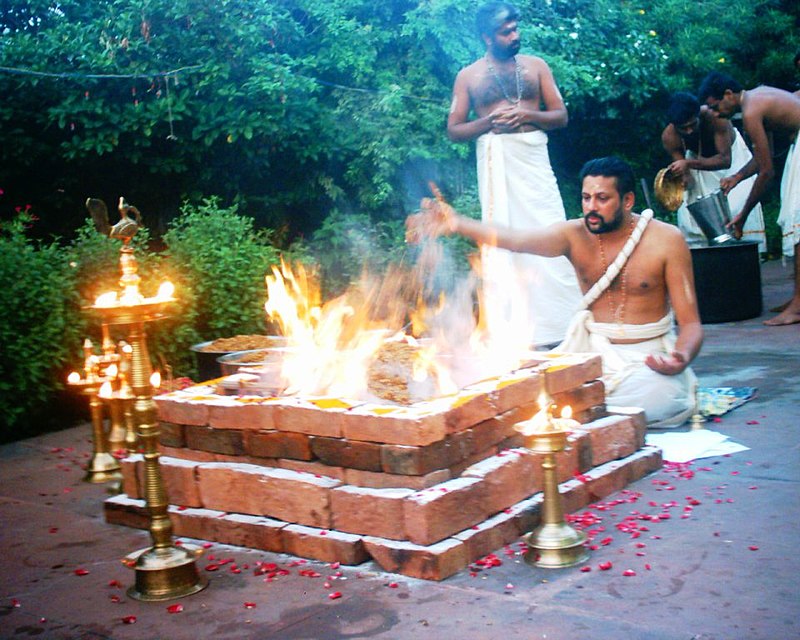Features of Vedic Texts
Vedic text and rhymes were passed orally from one generation to the next. As there is no script during that period, no documents were written.
Even though there is a symbol used in the Indus valley civilization, it is still not deciphered. There are two different timelines related to Vedic culture. That is early Vedic and later Vedic.
The early Vedic period belongs to the Chalcolithic culture and the later Vedic period belongs to the Painted Grey ware or Iron age in North India.
A strong cultural foundation was laid during this period, and there is a noticeable development in cultural, agriculture, craft, and technological development.
More importantly, village settlements were found in this period.
Importance of Vedic literature
Several disciplines of philosophy, literature, and science were developed during the Vedic period. Also, several branches of literature, maths, ethics, astronomy, and grammar were developed.
But the education was limited to males. There was a teacher-pupil relationship developed through person-oriented training.
Several Vedic texts were developed and much importance was given to pronunciation and grammar. Several texts were orally transmitted. This suggested that there was training through utterances and memorization.
Memorization was a part of Vedic Education. Aranyakas are a priest who was in the forest.
Upnishads means “To sit nearby” were philosophical inquiries that were composed during this period. These are also referred to as Vedanta as these were attached to Vedic texts.
The famous Satyameva Jayate is from Mundaka Upanishad.
The Vedas lays stress on knowledge of self-realization or atman. Brahman is considered the supreme being.
Vedic literature stresses meditation, the cycle of birth, and death. This text conveys karma and good conduct, mercy, generosity, self-restraint as good virtues.
Conclusion
Vedic literature was ritual-dominated and is based on Vedic life. It has the pursuit of knowledge and virtuous conduct.

